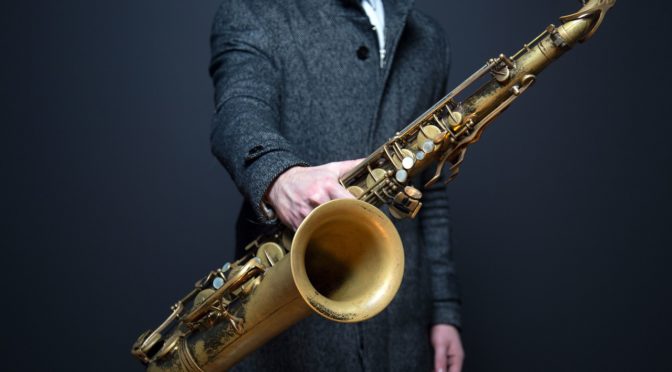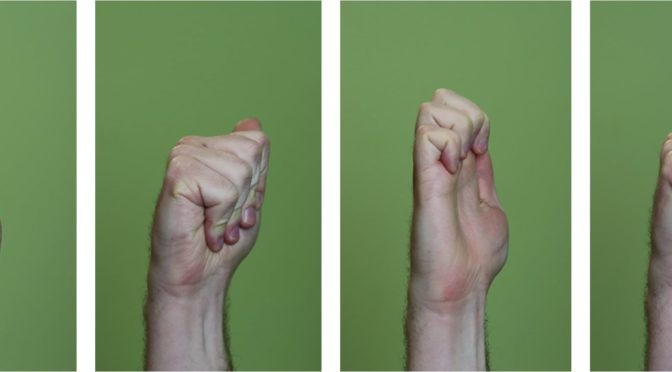Dystonia is a neurological movement disorder that occurs when the brain sends incorrect information to the muscles. It is characterized by failed or involuntary muscle contractions and movements. Focal dystonias affect specific parts of the body—neck, eyes, face, vocal cords, hands, and feet.
Scientists have not been able to determine an exact cause for focal dystonia. It seems to be related in some way to repetitive motions because it occurs most frequently in musicians who have intensely practiced their instruments over a number of years. It is often focused in the body part where the most complex movement patterns are performed. There is a genetic predisposition in only about 5% of cases.
Focal hand dystonia is strikingly more common in musicians than other groups of professionals that require intricate hand movements—dentists, surgeons, writers. According to the Dystonia Medical Research Foundation, 1%-2% of professional musicians are affected by dystonia, though many may be undiagnosed. At first, they may perceive symptoms as faulty technique or insufficient preparation. Dystonia may even be misdiagnosed as a psychological condition.
Instrumentalists with dystonia commonly exhibit symptoms in the following ways:
- Pianists: right hand, 4th and 5th fingers
- String players: left hand
- Guitarists: either hand, 3rd finger of right hand
- Percussionists: either hand
- Woodwinds: either hand, face, mouth
- Brass players: corners of mouth, jaw
By far, the two most common types of focal dystonia affecting musicians are embouchure dystonia and hand dystonia.
Focal Hand Dystonia
Focal hand dystonia typically manifests as loss of muscular control in highly practiced movements and can also be accompanied by tremors. Initial symptoms include subtle loss of control in difficult passages, lack of precision, involuntary curling or sticking of fingers, and involuntary flexion of the bowing thumb. The problem is almost always painless and task specific. For example, with doublers it may only occur on one particular instrument, but not the other. It may also be sensitive to sensory input with some pianists reporting symptoms only when playing on ivory keys (not plastic).
Embouchure Dystonia
This type of dystonia is most common in brass and woodwind players. It may affect muscles of the mouth, face, jaw, and tongue. Symptoms may be subtle at first—air leaks at the corners of the mouth and tremors (sometimes worse in higher registers) or involuntary and abnormal contractions of the face muscles.
Treatment
There is currently no cure for dystonia, so the focus is on treatment. Sometimes anticholinergic drugs that affect the transmission of messages from the brain to the muscles can help. Botulinum toxin injections can compel the body to create new programs by blocking nerve impulses to contracting muscles. They work by temporarily weakening the muscles so the spasm is reduced and therefore are a better choice for hand dystonia than embouchure dystonia.
The ultimate goal of treatment is to establish new sensory motor programs to accomplish the tasks that have become challenging. Altering posture or key positions could help. Sensory tricks, like playing while wearing a latex glove or stimulation applied to affected areas, can lessen symptoms. Sensory re-education attempts to reverse the changes in the cortex that have caused the dystonia through repetitive exercises and/or visualization.
In sensory motor retuning (constraint induced movement therapy) nonaffected fingers are immobilized in a splint while performing repetitive coordination exercises. This may facilitate freer, more independent movement patterns from a dystonic finger.
Dystonia can be a symptom of other serious conditions. If you are experiencing uncontrolled muscle movement or contractions see your doctor as soon as possible. For more information on musician’s dystonia visit the Dystonia Medical Research Foundation (www.dystonia-foundation.org/musicians).












